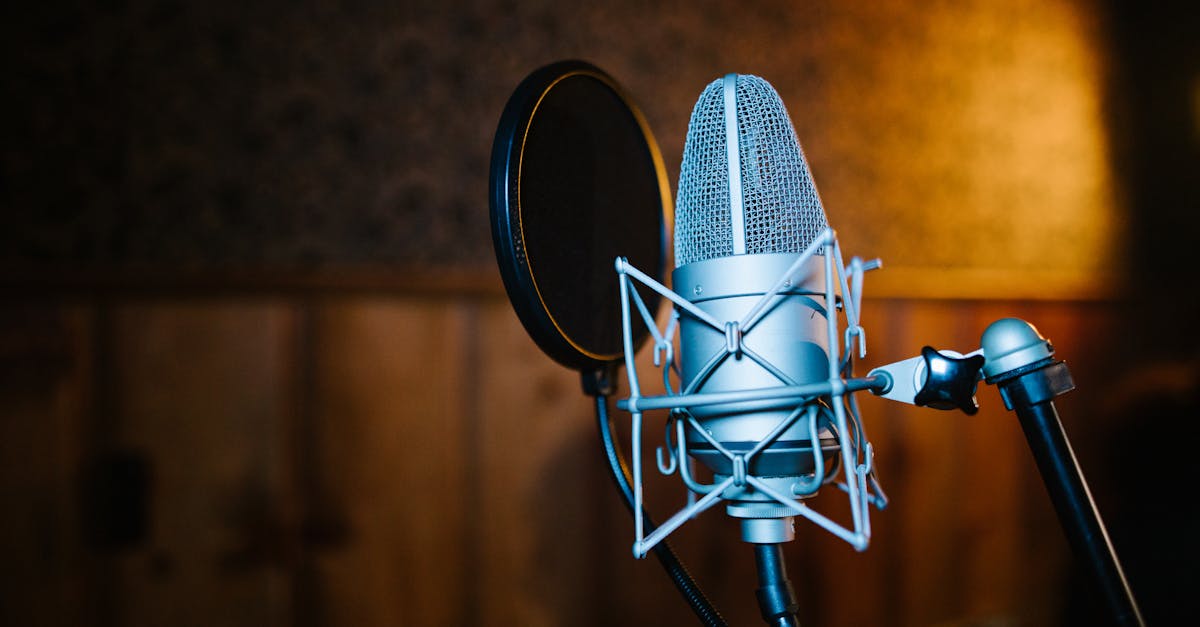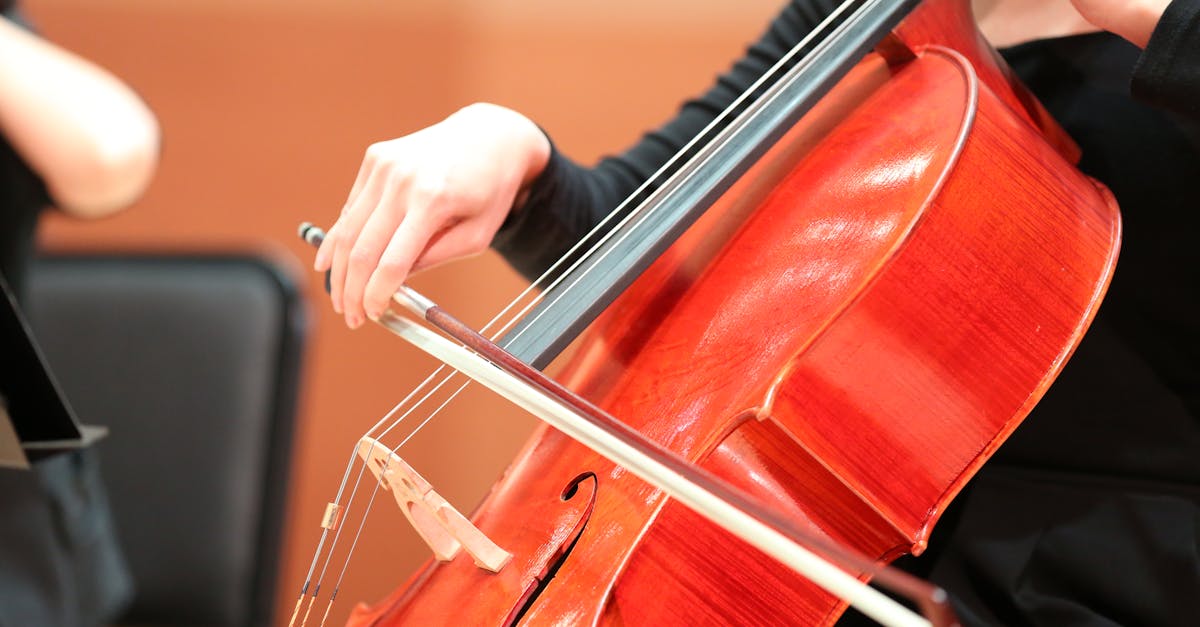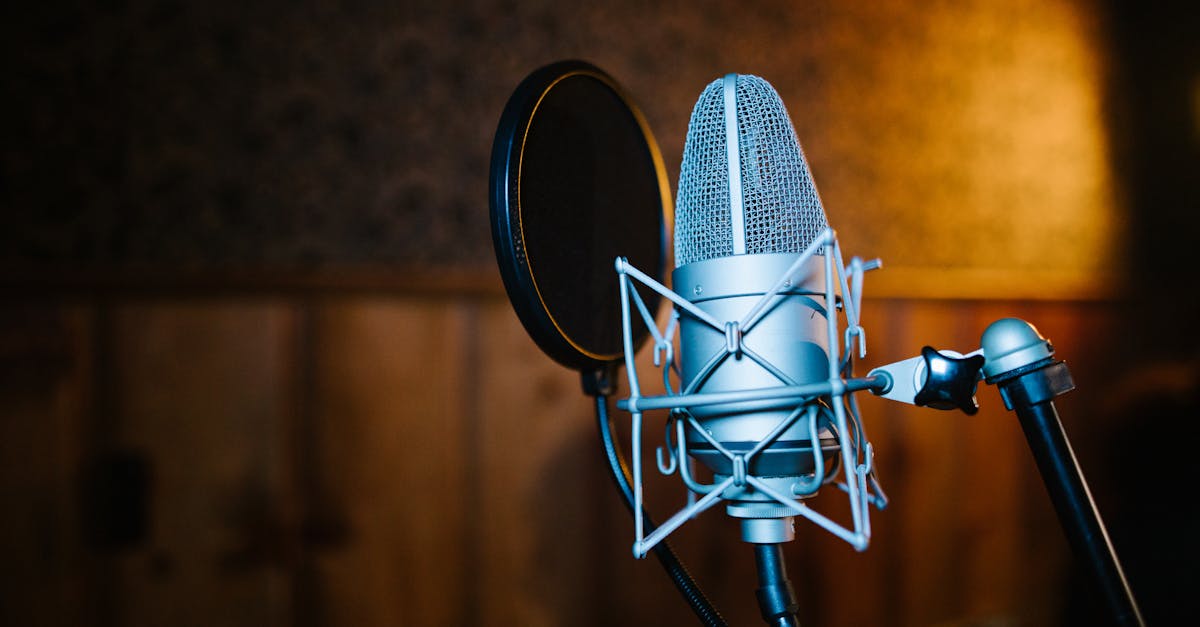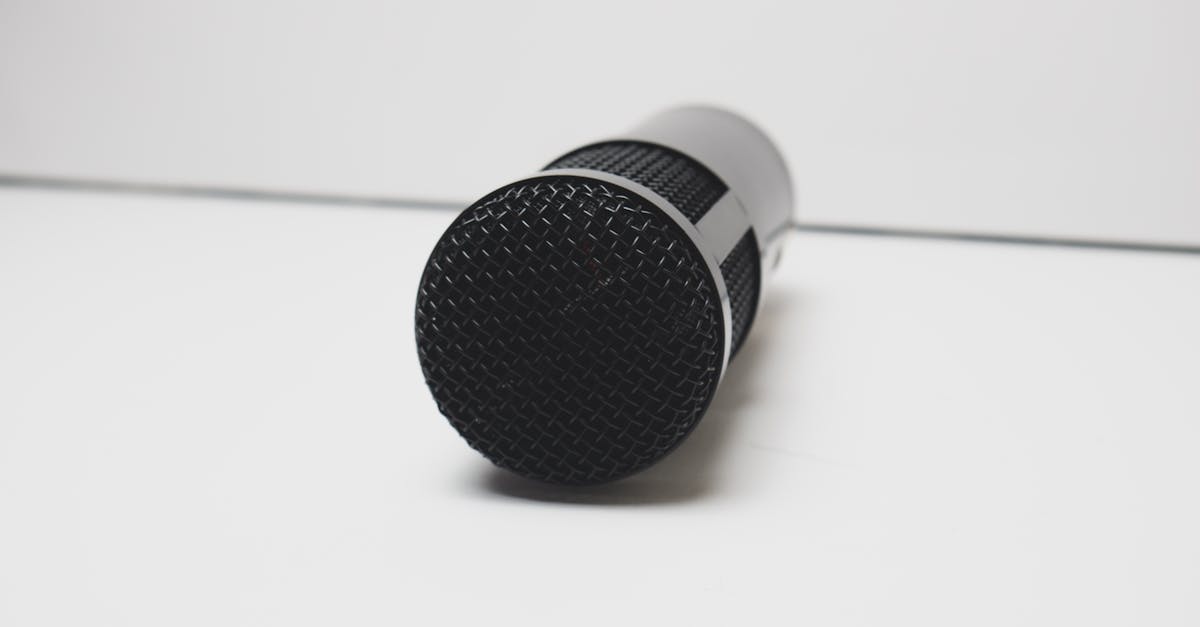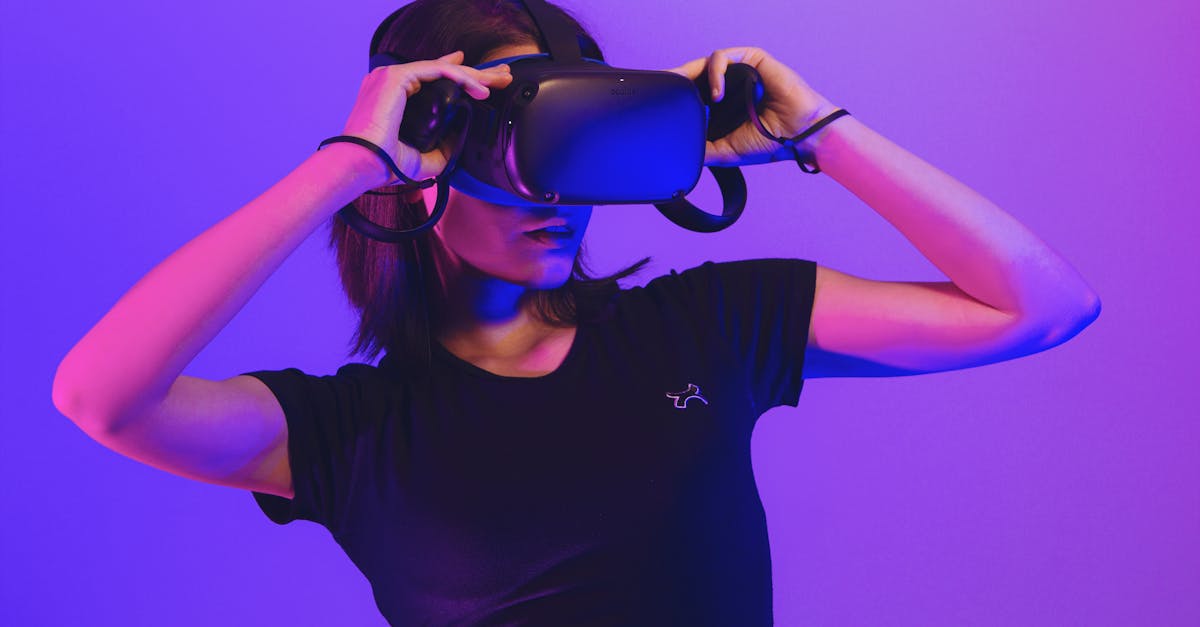Unraveling the Magic of Harmonic Podcast Soundscapes
Introduction: The Power of Soundscapes
In the realm of podcasting, the art of storytelling often transcends spoken words. Central to this evolving medium is the use of harmonic soundscapes, which create immersive auditory experiences. But what are harmonic soundscapes? They're not merely background noise but carefully crafted audio environments. These soundscapes enhance narratives, deepen engagement, and evoke emotions, setting podcasts apart in a crowded landscape. As more creators embrace this art, listeners are offered a richer, more nuanced experience.
Advertisement
Harnessing the Elements of Sound
At the heart of harmonic soundscapes is an understanding of different sound elements. These include ambient sounds, musical layers, and vocal treatments. Ambient sounds might mimic footsteps on gravel or rain tapping against a window, setting the scene. Musical overlays might involve orchestral scores or minimalist synth lines that guide the narrative's emotional arc. Finally, vocal treatments can alter voice pitches or add echo effects, enhancing storytelling. The orchestrated fusion of these elements captivates listeners and guides their imagination.
Advertisement
Elevating Storytelling with Atmosphere
Soundscapes transcend background noise by sculpting an atmosphere. In a true crime podcast, a distant siren and soft instrumental music might build tension. Conversely, a meditation podcast could incorporate tranquil waves and gentle chords to evoke calmness. These atmospheric layers transport listeners into the narrative’s world, bridging gaps between the story’s reality and the listener’s imagination. As a result, soundscapes aren't mere accompaniments—they are active participants in storytelling.
Advertisement
The Psychology Behind Soundscapes
Soundscapes tap into the psychological principles of sound perception. Humans are innately wired to react to sounds, as they engage both emotional and cognitive centers of the brain. The strategic use of harmonic soundscapes can evoke specific emotions such as fear, joy, or nostalgia. In gaming podcasts, soundscapes recreate iconic sound bites, triggering fandom nostalgia. Understanding these auditory principles allows podcast creators to design experiences that resonate deeply with their audience.
Advertisement
The Technology Behind Creation
Today's podcast creators have an array of tools to craft harmonic soundscapes. Advanced digital audio workstations (DAWs) offer a suite of tools for mixing, editing, and layering sounds. Virtual instruments can replicate any imaginable sound, from a classical piano to electronic beats. Beyond traditional audio tools, cutting-edge software allows creators to spatially position sounds, creating a 3D auditory field. These technological advancements democratize audio creativity, enabling podcasters to produce high-quality soundscapes from home studios.
Advertisement
Diverse Applications in Podcasting
Harmonic soundscapes are versatile, applicable across multiple podcast genres. In narrative storytelling, they add depth to characters and settings. Educational podcasts use sound effects to illustrate historical events or scientific concepts. Even interview-based shows benefit—strategic soundscapes can emphasize key points or transitions. These varied applications underscore the flexibility of soundscapes in enhancing audio storytelling, regardless of subject matter.
Advertisement
Challenges in Crafting Soundscapes
Despite their benefits, creating effective soundscapes presents challenges. It requires a balance—sounds must enhance, not overshadow, the spoken word. Overloading a soundscape with elements can lead to listener fatigue, diminishing the narrative's impact. Additionally, technical expertise in audio mixing is crucial to avoid quality drop-offs. Successful soundscape design demands creativity, technical know-how, and a keen understanding of audience preferences.
Advertisement
The Future of Soundscaping
The horizon for harmonic soundscapes is ever-expanding as technology evolves. Virtual and augmented reality podcasts blend visual elements with soundscapes, creating fully immersive experiences. Innovations like 8D audio simulate circular sound movement, adding a new dimension to listening experiences. As AI technology advances, automated soundscaping tools might emerge, offering real-time audio adjustments. The future promises intriguing possibilities for the marriage of sound technology and storytelling.
Advertisement
Best Practices for Podcasters
For podcasters aspiring to incorporate harmonic soundscapes, several best practices stand out. First, carefully plan the role of soundscapes in the narrative—what emotions should they evoke? Collaborate with sound designers or musicians, leveraging their expertise. Keep the audience's listening environment in mind; too much complexity might be lost on simple speakers. Finally, always test mixes on various devices to ensure consistent audio quality. These strategies foster soundscapes that genuinely enhance the podcast experience.
Advertisement
Conclusion: An Auditory Renaissance
Harmonic podcast soundscapes represent a fusion of art and science, elevating the auditory experience for listeners. As technology and creativity intersect, they craft immersive worlds that transcend traditional storytelling. Increasingly embraced across genres, these soundscapes captivate and connect listeners, offering a renewed appreciation for the aural dimension. As the landscape continues to evolve, podcasters have unprecedented opportunities to innovate. By prioritizing sound, they can transform how stories are told and experienced in the digital age.
Advertisement
